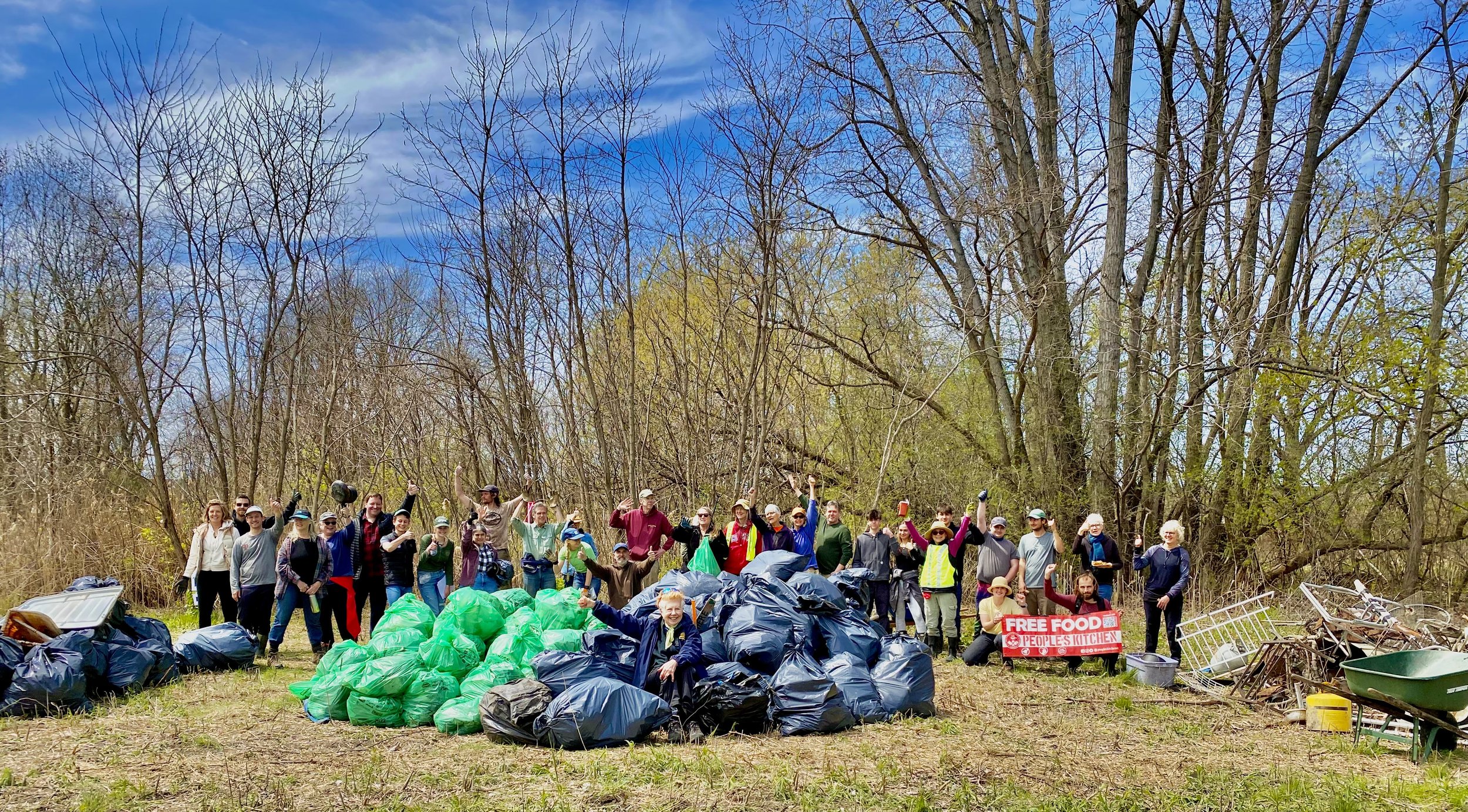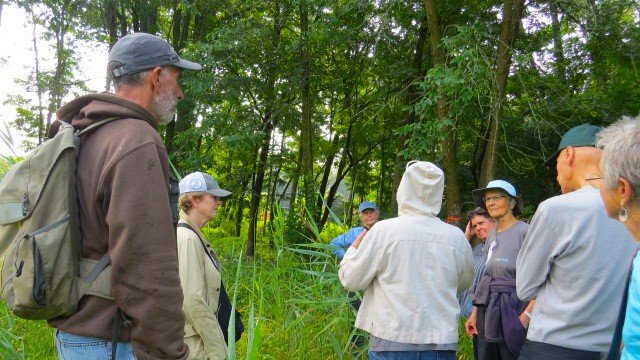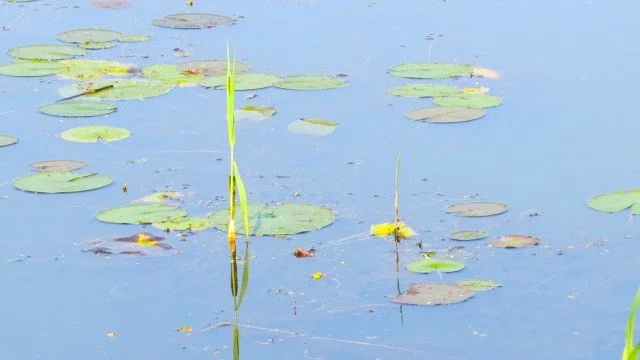






The Pine Street Barge Canal is a 28 acre undeveloped piece of land that sits between Pine St. and Lake Champlain in Burlington’s southern end. Composed of both public and private parcels, it includes approximately 20 acres of wetlands.
The original Abenaki inhabitants of the area considered it an abundant source of fish and food and protection for the lake. The pre-colonial natural communities were wetlands, likely cattail marsh, lakeside floodplain forests and silver maple-sensitive fern floodplain forest. In the 19th century, early industrialists considered it a swamp, and began to fill it with sawdust and wood chips from Burlington’s lumber industry.
In the 20th century, it got worse, and the land became the site of a coal gasification plant. While coal gas provided light and heat for Burlington’s homes, it was an extremely dirty industry, and the coal tar, heavy metals, and numerous other toxins produced were simply dumped on the adjacent land and water.
This plant closed in 1966, and thanks to former U.S. Senator Jim Jeffords, the site was added to the Environmental Protection Agency’s Superfund Priority List in 1982. An initial EPA “remediation” proposal involving scooping up contaminated soil and creating a giant toxic dump was defeated by citizen activism. In 1997, a panel made perhaps the wisest possible choice: leave the land alone. Over the years the land has begun to slowly heal itself, as various plans for development have failed.
Get to know the Pine Street Barge Canal
The story continues with a new challenge.
Now, a convergence of factors is leading to new proposals for development. We ask what kind of “development” will both care for this damaged land and protect Lake Champlain?
We live in the era of climate emergency, yet policy makers often choose to downplay that. We believe the interests of our community are best served by land that provides carbon sequestration, wildlife refuge, stormwater management, potential lakefront access, and open space near the heart of the city.
The Barge Canal needs us. But more importantly…
We need the Barge Canal.
We need to work together to care for each other and for our world. Protecting our lake provides a diversity and complexity that is key to life.
“Restoration is imperative for healing the Earth, but reciprocity is imperative for long-lasting, successful restoration. Like other mindful practices, ecological restoration can be viewed as an act of reciprocity in which humans exercise their caregiving responsibility for the ecosystems that sustain them. We restore the land, and the land restores us.”
Robin Wall Kimmerer in Braiding Sweetgrass
Ready to get involved?
Upcoming events.
Please look through this dynamic calendar to see if you are able to attend upcoming events. You can attend a clean up, a community meeting, or know when the next town hall is to take action and keep the Barge Canal wild.



